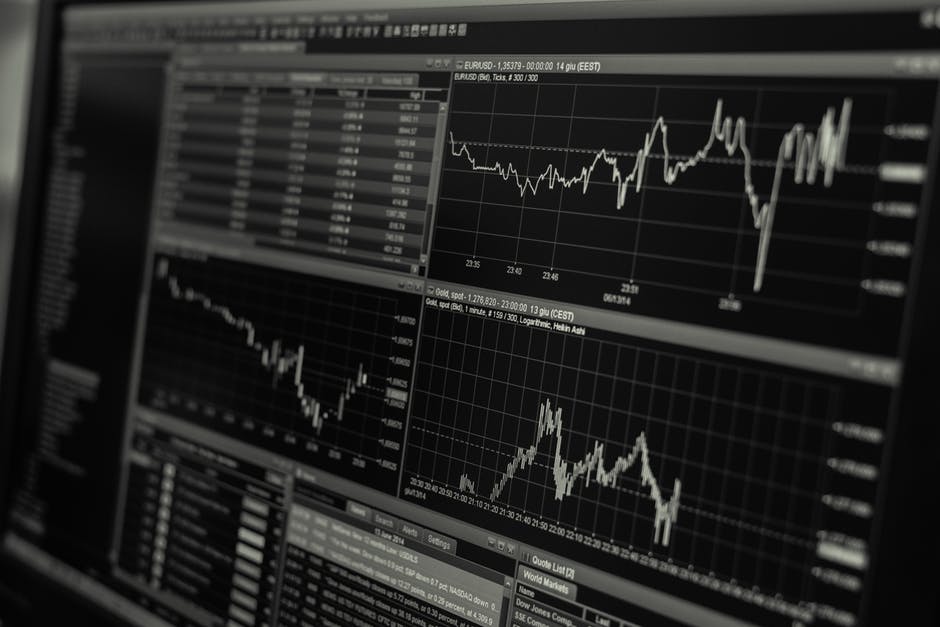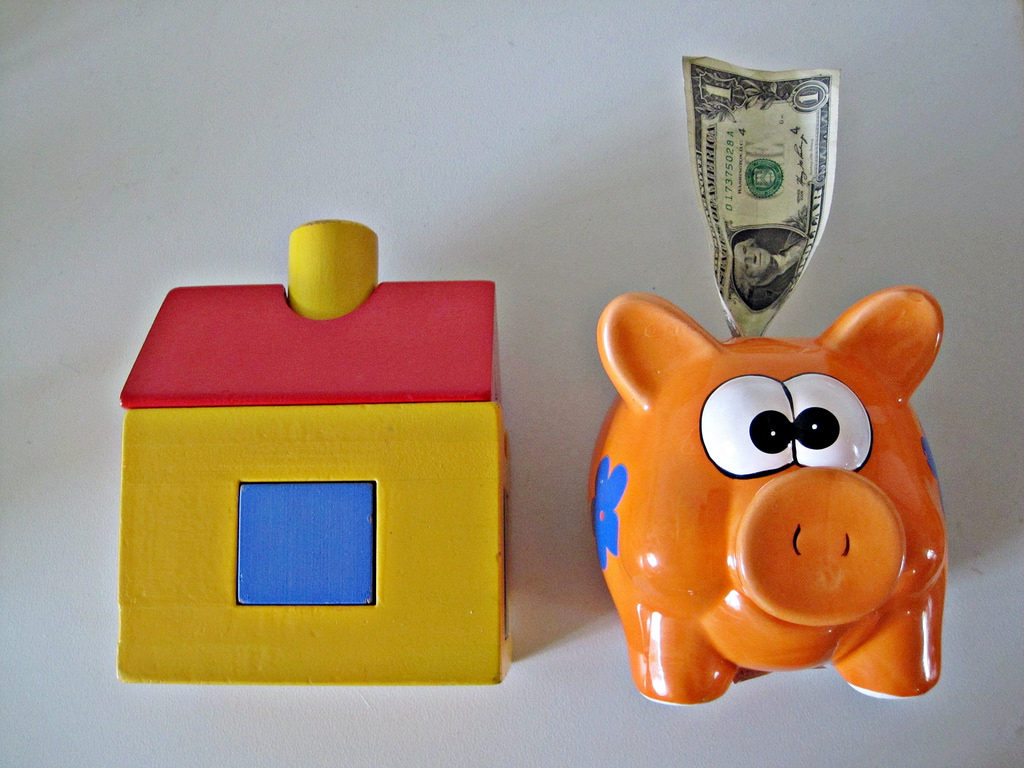
Profiting from the Forex market seems quite doable. After all, it’s just buy low and sell high. While, theoretically, trading should be simple enough to extract profits from consistently, majority of Forex market participants still lose money from their venture. In a study by DailyFX where 43 million trades were analyzed, it shows that majority of the trades were profitable and yet traders still ended up with negative balances on their accounts.
Start Small
The idea of making a dollar or even $10 every day is uneventful for many people. The draw of Forex trading, or any type of financial market trading for that matter, is the limitless potential to make cash. That’s why a lot of people, especially beginners, approach the market aggressively. They use the maximum leverage allowed, or the amount you can borrow from your broker to invest, double down on losing positions, and make other financially and strategically unsound decisions that all coalesce in their trading demise.
Starting with smaller trade sizes can limit your risk exposure to the notoriously unforgiving price fluctuations of the Forex market. For instance, if you have a $1,000 account, opening a 0.1 mini lot on New Zealand Dollar/US Dollar only uses up about a quarter of your account. Each pip, or the minimum price change in a currency, that goes against you on that 0.1 mini lot has a dollar equivalent of $1. This means that your account may only be margin called if it goes against you for around 750 pips, a highly unlikely scenario.
Be Disciplined
The goal of making more cash through Forex should not go hand in hand with a higher volume or frequency of trades. A common and dangerous fallacy in trading is that you should trade more often to profit more. In reality, however, the risk curve simultaneously increases with the profit potential when you trade more frequently. A living testament to this is Warren Buffet, the top three billionaires in the world. His approach, particularly value investing, has netted him more than $70 billion in his lifetime.
Being financially disciplined and keeping a routine can protect you from substantial financial losses. Set specific hours of the day or night when you can trade. Limit your positions accordingly. Follow any stop loss and profit target rules that you’ve set beforehand. Discipline, however, does not come overnight. You’ll have to work on it regularly, and having a journal to keep tabs on your progress can be absolutely helpful.
Figure Out Which Tools You Need
The Forex tools you use on a daily basis to predict market turns will play a pivotal role in your future success. These tools can be as simple as interest rate calculators or as complex as heat maps that give a visual representation of the ups and downs in all currencies. Some tools are proprietary and provided by specific brokers, so it makes sense to vet your broker’s offerings beforehand.
A lot of the tools you’ll stumble upon will be free, but there’s also some that will cost you a onetime or monthly fee to be able to use it, such as subscriptions to exclusive and in-depth publications like the Wall Street Journal. Which tools you keep and which you ignore all depend on your preferences and approach.
The main thing is to only invest your time and money on tools that help you get a broader and clearer view of the market. Avoid any online publications or news channels that only cloud your judgment in the financial markets.
Stick With a Strategy
Many novice traders try out a strategy and then abandon it the minute it produces a loss or string of losses. It’s important to note that no trading system is 100 percent guaranteed to yield a winning position every time. And it’s unlikely that traders will find a system that does guarantee a winning trade every time since there are too many variables at play that keep changing. No technical system can keep up with such.
That being said, having a strategy remains to be one of the simplest yet most powerful things you can do for your trading career. Strategies are commonly divided into three – technical, fundamental, and discretionary. Technical trading systems incorporate indicators that use historical data to predict future price action.
You’ll hear terms, such as MACD and Stochastics, being used in the technical trading realm. On the other hand, a fundamental approach makes use of macro- and micro-economics, such as economic boosts and geopolitical turmoils. While global macro tends to be more subtle in moving markets, they have quite a long-lasting and sharp impact on currencies once they occur, such as Black Wednesday, a historic event in politics and economics.
Last but not least, discretionary trading uses a combination of the first two, but also takes into account market sentiment and naked chart analysis.
Final Thoughts
Forex trading should never be considered as a surefire way to make passive income. While there’s money to be made, it will be a long and arduous road before you can actually realize any gains from the market. Following the tips above can give you a faster means of profiting from Forex and minimize your capital risk at the same time.


